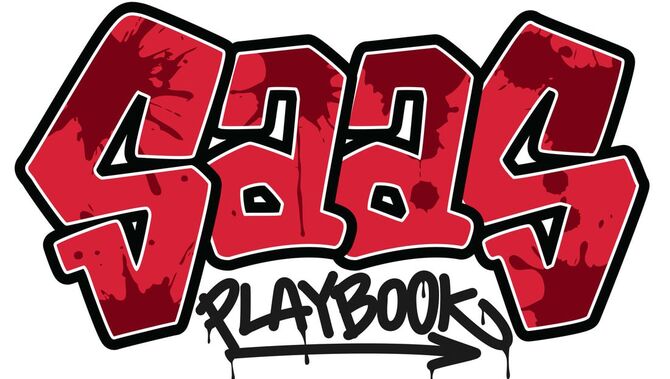|
Away from the fickle eyes of consumers, deep in the basement of app stores, enterprise mobile apps are fighting each other for the attention of business users. Given the restrictions of their target audience, business app developers simply cannot utilize the same techniques that consumer app companies leverage. Why is that? And more importantly, how can mobile business apps efficiently speed up user acquisition?
Customer Acquisition Models For Consumer Apps First, let’s examine the methods consumer app developers have used to efficiently acquire large user bases and why business app developers cannot leverage the same techniques. Obviously, consumer apps have a large target audience as everyone with a smartphone is a potential customer for a consumer app. As a result, the size of the target audience is capable of generating enough web and app-store search volume to build an initial customer base for apps. Plus, the undifferentiated nature of consumers means that cross promotional advertising on consumer apps can be a very effective and efficient user acquisition technique. For example, an advertisement for a mobile game can appear on any mobile app and the end user is always a potential target. On the contrary, the target audiences for business apps are often much smaller and may be focused on a particular vertical niche such as doctors or real estate professionals. As a result of the smaller target audience, business apps do not see a sufficient level of web and app-store search volume. Further, cross promotional advertising is much less effective because of the niche target audiences. For example, less than 1% of US smart phone users are doctors, which makes it very difficult to target that vertical with display ads. Lastly, consumer app developers with deep pockets have been known to game app store rankings. At the launch of a new consumer app, the developer can pay for downloads through services, such as Chartboost and Tapjoy, until they crack the top 25 of an app store. At that point, their visibility on the app store leaderboard increases their discoverability to the point where organic downloads can take over. Given their smaller target market, mobile-first business apps simply cannot compete with consumer apps for space in app-store rankings (there are no business apps in the iOS Top 50 as of this writing). Building Virality Into Enterprise Apps Now that we’ve explored what is not working for enterprise mobile apps, let’s focus on what is working: designing your product work flows to drive direct exposure to new potential users and building in opportunities for indirect referrals through word-of-mouth virality. Dropbox is the quintessential paradigm of designing virality into a product. Users are incentivized to refer Dropbox because they receive free additional storage for doing so. Additionally, the act of sharing a file with a friend inherently exposes Dropbox to new potential users and serves as a trigger for customers to talk about the service. Building on the lessons learned from Dropbox, there are three techniques that emerging mobile-first business app developers are using to build virality into their products: triggers, incentives and work flow. Triggers are events that spur an action. In this particular context, triggers are actions that an app user takes which provide for an opportunity to discuss the application. Expensify, a mobile app for business users to submit expense reports, has built in two word-of-mouth referral triggers: 1) every time a user takes a picture of a receipt for expense reporting, they are triggered to talk about the app with the coworkers or clients present; 2) the act of submitting an expense report triggers an explanation of the product to the person approving the report. Incentives play on the concept that users are much more likely to actively refer a product if they receive some practical value for doing so. Plangrid, an iPad app for managing construction-site blueprints, uses incentives to spread among the different companies that collaborate on construction sites. Plangrid’s value to each site user increases with each additional company and user that joins and adds to the project. Thus, users have a practical incentive to refer the product to new target users. Lastly, building virality directly into the workflow of how a customer uses an app is a very effective way to expose the app to new potential users. Doximity, a mobile professional network for physicians, has built virality into its product workflow through its secure messaging capability. Doctors use Doximity to send HIPAA compliant messages to other doctors. Every message sent from a user to a doctor not yet on the platform exposes a new potential user to the product as the message recipient must install Doximity to read the message. Key For Enterprise Apps Mobile-first business apps have to follow different rules for customer acquisition in order to achieve the scale and marketing efficiency of their consumer-focused brethren. The key for enterprise apps is to focus on building virality into the product so users directly or indirectly spread the app within their target audience. The mobile-first business apps that emerge victorious will be the ones that leverage triggers, incentives and work flow to kick their user acquisition flywheel into overdrive. This piece originally appeared in TechCrunch. Comments are closed.
|
Sign Up to Receive Posts via Email
All
|

